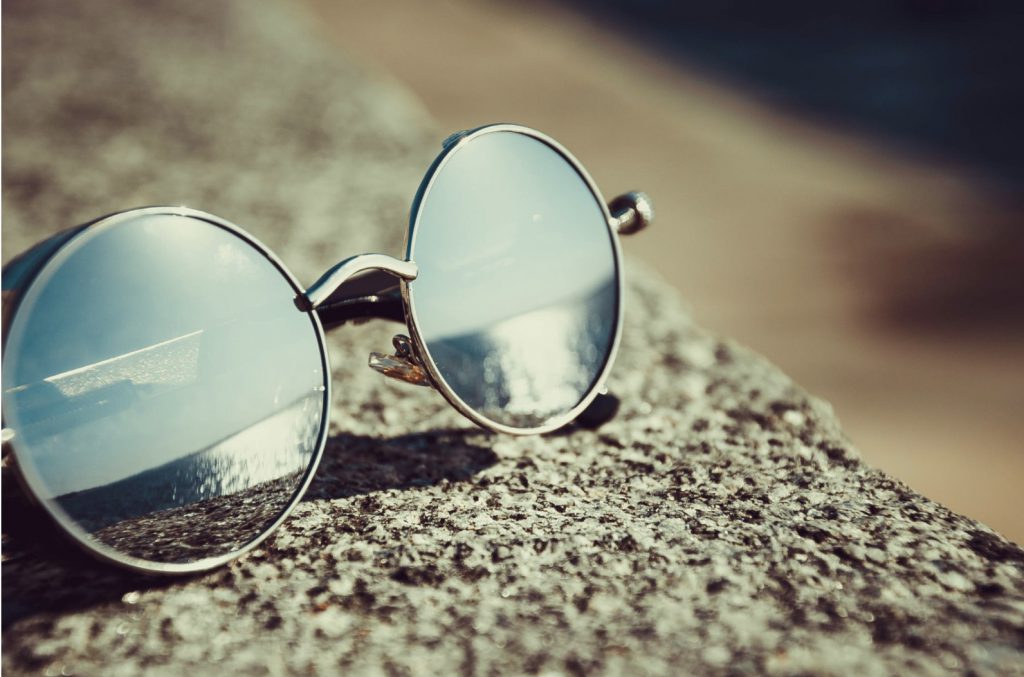Common Glasses Statistics

If you have recently been told that you need to wear eyeglasses, you may be wondering how many other people in the world also need to! Or, if you’re thinking about entering the eyeglasses market as a merchant, or as a manufacturer creating stylish prescription glasses or sunglasses, you will definitely want to learn about glasses statistics and facts about the market and the current trends.
With that in mind, let’s take a look at some of the most fascinating and insightful glasses statistics.
How many people wear/need glasses?
We will begin by looking at some statistics regarding the people who need glasses throughout the world.
64 percent of those needing vision correction wear glasses
We have seen contact lenses become very popular in recent times, and it is easy to assume that glasses are falling out of favor. However, that could not be further from the truth. Today, 75 percent of adults need some form of vision correction (but not all of them get it).
Out of these 75 percent, only 11 percent of them wear contact lenses. This means that a massive 64 percent of them wear glasses. This indicates just how common eyeglasses are today.
So, while the market for contact lenses may have picked up a bit of steam and become more popular, it is still miles away from becoming the most popular choice of vision correction.
More than half of women wear glasses
If you walk into any eyeglass store or take a look online, you will see plenty of different styles for you to choose from. This includes everything from rounded glasses to cat-eye glasses. There is something for all tastes and personalities, and glasses have pretty much become an extension of our sense of style and the character we have.

When you consider the fact that more females wear glasses than don’t, it is not hard to see why this is the case. With so many women wearing glasses around the world, it is essential that they can find a pair that they believe suits them.
42 percent of men wear glasses
It seems that more females wear glasses than men based on the percentages of those who do and don’t, as 42 percent of men wear glasses.

There is no indication as to whether this is because men have fewer eyesight problems than women, or whether they simply do not want to wear eyeglasses because they feel self-conscious, or they have simply not made an effort to book an eye test yet.
Half of the planet will need glasses by 2050
Because of the time spent on our screens, it is predicted that half of planet Earth is going to need glasses by 2050.
Glasses statistics regarding vision impairment
Of course, to understand the eyewear market, we need to understand the facts and figures regarding vision impairment.
Around the world, there are at least 2.2 billion people that have some form of blindness or vision impairment.
To make matters worse, at least one billion of these people have some form of vision impairment that could have been avoided or has not been addressed yet. This shows why it is essential to have regular eye health tests and make sure that you don’t ignore any small indicators of potential problems.
The leading causes of vision impairment around the world include cataracts and vision impairment. Plus, the majority of those with vision impairments are over the age of 50-years-old.
Nevertheless, you can suffer issues with your vision at any age. After all, some people are born with blindness or vision problems from birth.
Glasses statistics about the wholesale market
Have you ever wondered who the prominent players are in the eyewear market? Well, on a global scale, the top listed companies include CooperVision, Carl Zeiss, EssilorLuxottica, Bausch Health Companies Inc, Safilo Group S.p.A, Alcon (Part of Novartis AG), Johnson & Johnson Services, Inc., and Fielmann AG.

Growth projections for the eyewear market
The worldwide eyewear market is made up of glasses, sunglasses, contact lenses, spectacles, and other types of eyewear products.
In 2018, it was estimated to be worth approximately 131 billion U.S. dollars. By 2025, it is estimated that this figure will reach 210.8 billion U.S. dollars, so it is clear that significant growth is expected over the coming years.
In 2018, the United States was the leading eyewear market across the globe. When compared with France, which is the next biggest market, revenue from eyewear in the United States is triple the size.
Luxottica and Vision Source were the leading retailers of optical products in the United States in 2018. As mentioned in the earlier stats, Luxottica is not only one of the biggest companies for eyewear in the United States, but also around the world. You may recognize some of the popular brands that are part of the Luxottica brand portfolio. This includes Oakley, Persol, and Ray-Ban.
In terms of the fastest-growing market, this would be the Asia Pacific region, with 13.5 percent growth.
The online marketplace for eyewear is also growing. At the moment, 89.7 percent of all sales are made via brick and mortar retail stores, with the rest of the sales being made online. However, it is predicted that the number of sales made online will increase by 21 percent by 2023.
Of course, when compared with other markets, the online share for eyewear sales is small. This is because of the nature of getting your eye test done in person and then buying your glasses. Plus, a lot of people feel they need to try before they buy. However, if you already have a set prescription, buying glasses online will be a breeze. We are seeing companies making moves to make the online shopping experience more desirable and convenient for those looking to purchase eyeglasses.
It is also interesting to see the technological advancements that are being made in the industry. The bifocal or omnifocal industry could be transformed with the introduction of electronic focusing eyeglasses.
We also see a growth rate of 12 percent for contact lenses, and it is believed that smart lenses could be created in the future, which make the most of AR technology. Bluetooth could be used to monitor blood glucose and eye pressure.
The cost of glasses
The cost of glasses will depend on whether you hold an insurance policy. Many health insurance policies will cover the cost of getting a pair of glasses to aid with vision problems.
However, if you do not have a valid insurance policy in place for this, the average cost of getting glasses is $238. This is for the frames only. Single, basic lenses will set you back around $113. This means that for an average pair of glasses, it will cost you around $351 without insurance.
It is essential to point out that the cost can differ depending on a number of factors, so this should only be considered a rough estimate.
Some of the factors that can have an impact include the eyewear brand you purchase, the part of the world you live in, or the state in the US that you are based in, the lenses you have, the frames you choose, and your prescription. There are many different variables at play here, and for some people, they may need to spend significantly more money because they require a specific type of lens for their vision issue.
The cost will also differ depending on where you purchase your eyeglasses from. Research shows that considerable savings can be made by purchasing your glasses online.
The average cost of purchasing frames and lenses from independent eyeglass shops and eye doctors is $400. However, many people prefer the convenience and peace of mind that are associated with this.

The impact of COVID-19
There is no denying that the pandemic has had an impact on the eyewear industry.
There are many countries around the world that have reported slower growth and reduced sales volumes. This includes the United States, Malaysia, United Arab Emirates, Brazil, Romania, and Sweden.
There are a number of different challenges faced at the moment, including shifting consumer needs, economic constraints, optometrist and store closures, and restricted movement.
With this in mind, we are likely to see some significant changes in the eyewear market over the coming months, as businesses look for unique ways to respond to these challenges.
Final words
So there you have it: some statistics and insights regarding eyeglasses. We hope that this has helped to give you a better understanding of the worldwide eyewear market.
Moreover, if you are someone who wears glasses yourself, it is clear to see that you are not alone. Perhaps you have been trying to wear contact lenses for quite some time now, and you just can’t get to grips with them? You’re not alone there either! The eyewear market is thriving, and there are millions of people all around the world that rely on this form of vision correction
